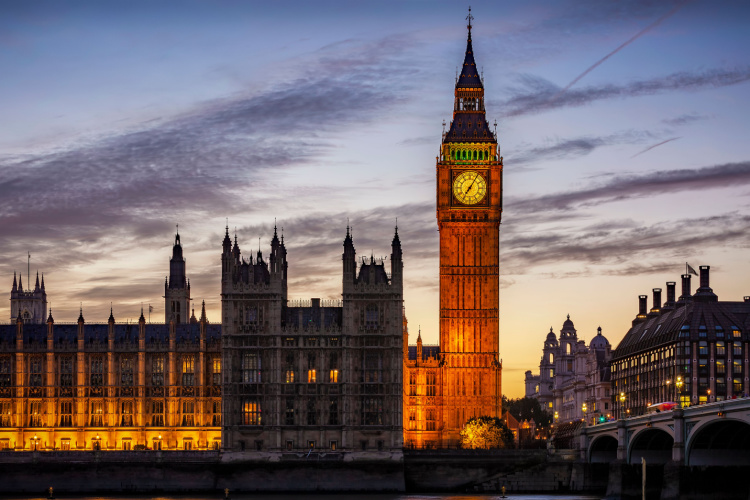Yesterday – March 9 – was the eleventh anniversary of the crescendo of global panic that marked the bottom of the bear market of 2007-09.
It is ironic that the world has elected to celebrate this iconic anniversary with – you guessed it – another epic global panic attack.
At yesterday’s opening level of 2,764, the S&P 500 is down over 18% from its all-time high, recorded on February 19. Declines of that magnitude are fairly common occurrences – indeed the average annual drawdown from a peak to a trough since 1980 is close to 14%.* But such a decline in barely a month is noteworthy, not for its depth but for its suddenness.
As we all know by now, the precipitants of this decline have been (a) the outbreak of a new strain of virus, the extent of which can’t be predicted, (b) the economic impact of that outbreak, which is equally unknown, and (c) most recently, the onset of a price war in oil.
The declines are temporary, the advance is permanent. The long term returns that equities offer come at a price: short term volatility that can induce fear. Please feel free to embrace that emotion but please do not react to it!
The common thread here is unknowability: we simply don’t know where, when or how these phenomena will play out. And in my experience, the thing in this world that markets hate and fear the most is uncertainty. We have no control over the uncertainty; we can and should have perfect control over how we respond to it.
Or, ideally, how we don’t respond. Because the last thing in the world that long-term, goal-focused investors like us do when the whole world is selling is – you guessed it again – sell.
On March 3, the erudite billionaire investor Howard Marks wrote, “It would be a lot to accept that the US business world – and the cash flows it will produce in the future – are worth 13% less today than they were on February 19.” How much more true this observation must be a week later, when they’re down 18%.
This too shall pass.





